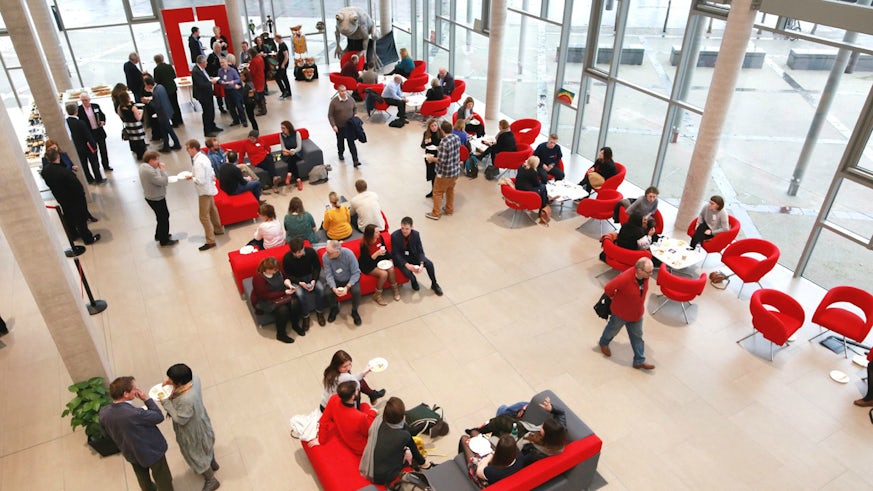Mapping Cardiff’s Creative Economy
12 December 2016

Cardiff University’s Creative Economy team has produced a detailed map of Cardiff’s creative economy workforce. The research identified 2,788 creative companies, organisations and freelancers in Cardiff and surrounding wards.
The report, Mapping Cardiff’s Creative Economy, established that proximity to the city centre and the tendency of creative activity to cluster in particular neighbourhoods are the two main factors in the presence of creative activity.
This work sits alongside the formation of the Creative Cardiff Network, which has an 800-strong membership of people working in creative organisations, businesses and jobs in Cardiff and the city region.
Professor Justin Lewis of Cardiff University’s School of Journalism, Media & Cultural Studies, compiled and edited the report.

“Evidence from various sources confirms intuitive impressions of Cardiff as a creative city with a significant cultural sector. But there is little current data on the shape, character and breadth of the creative economy in Cardiff. We therefore embarked on a mapping exercise to chart the city’s creative strengths and weaknesses, so that we might inform strategies for supporting and developing creativity across the city region.”
Organised by creative industries group – as defined by Department of Media, Culture & Sport (DCMS) – there are four areas where Cardiff appears to have particular strengths (by which we mean comparative volume of activity rather than quality of output):
- Music, Performing & Visual Arts is the largest creative sector in Cardiff, where the proportion of freelancers is four times the national employment average and the proportion of companies/businesses more than double.
- Film, TV, Video, Radio & Photography is the second largest creative sector, reflecting the growth of a major film and TV cluster in Cardiff Bay.
- Design: Product, Graphic and Fashion is the third largest, where the proportion of companies is around twice the national average.
- Craft, although one of the smaller sectors in Cardiff, is nonetheless much more significant than the UK employment averages suggest it is elsewhere with the proportion of companies and freelancers over ten times the UK average employment figures.
Most of the creative companies and organisations data (85%) was then mapped by ward and although creative activity was identified across all wards, 58% are clustered in just five wards - all close to, or encompassing, the city centre and Cardiff Bay.
The Mapping Cardiff’s Creative Economy report was launched this week at Cardiff: Creative Capital - a symposium to examine the components of a creative city, in partnership with British Council Wales.
The symposium brought together leading thinkers and doers in the creative economy of the city and from across the UK.
Following the release of Mapping Cardiff’s Creative Economy, Creative Cardiff intends to work with founder members BBC Wales, Wales Millennium Centre and Cardiff City Council – and its wider network to further the work undertaken in its first year to enable and amplify the capital’s creative economy.
Download Mapping Cardiff’s Creative Capital in full and explore the city’s creative economy map on the Creative Cardiff website.
Share this story
Join our network for the city's creative community.

